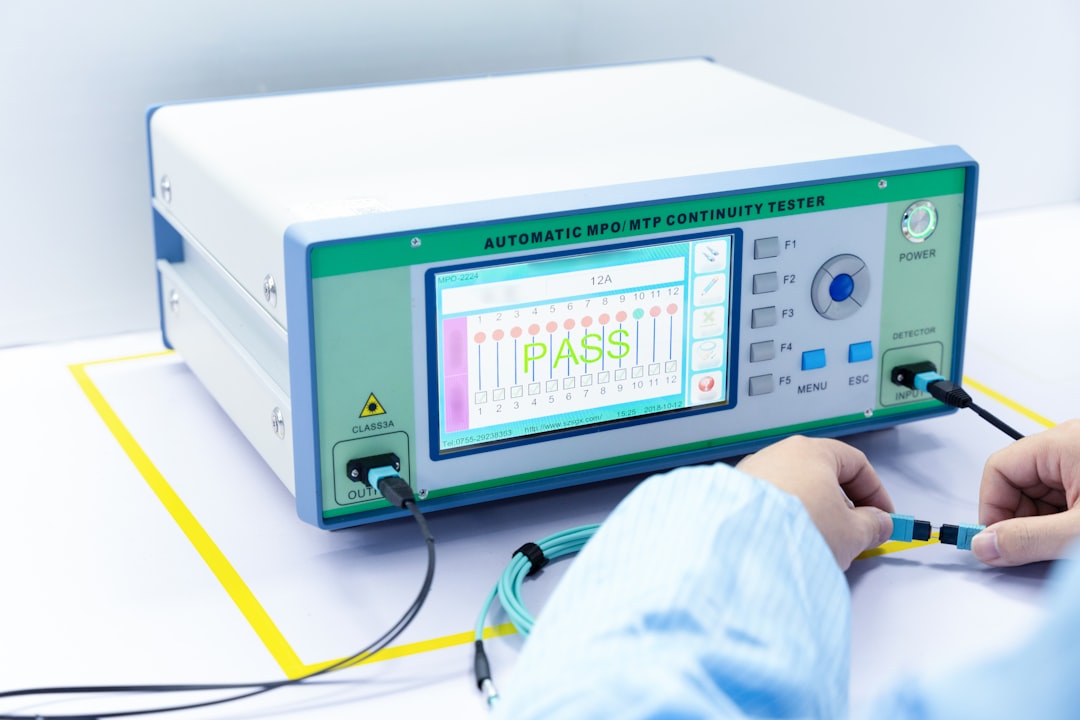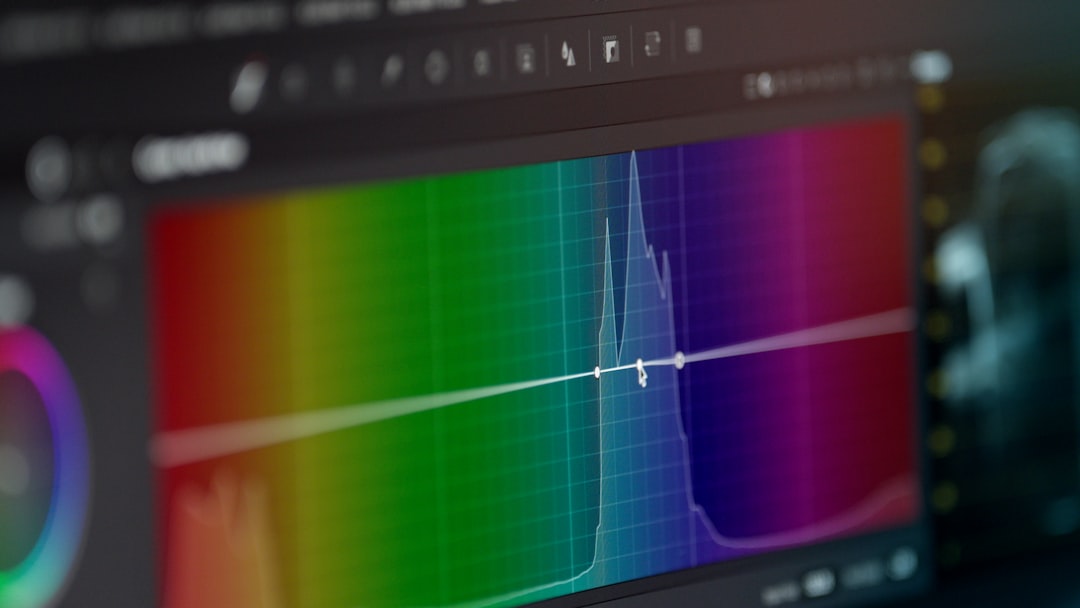Color accuracy is crucial in a wide range of industries, from professional photography and video editing to graphic design, printing, and even gaming. A misaligned display can lead to inconsistent colors, mistakes in creative work, or even costly misprints for businesses. That’s where display color calibration comes in. Understanding the basics of color calibration can help ensure what you see on your screen matches the real-world output as closely as possible.
What Is Display Color Calibration?
Display color calibration is the process of adjusting a monitor’s color output so that it conforms to a known standard. This ensures that colors are represented accurately and consistently across various devices, from the display panel to printers and other rendering tools.
Most displays come pre-calibrated from the factory with settings that prioritize brightness and contrast over color accuracy. While these settings might be suitable for general media consumption, they fall short for projects that require precise color fidelity. Calibration corrects this by adjusting factors like white balance, gamma, and color temperature.
Why Calibration Matters
Uncalibrated monitors can introduce a number of visual inaccuracies, such as:
- Color shifts – where colors look different on-screen than in print or on other devices.
- Improper gamma – affecting gradients and grayscale rendering.
- Non-neutral grays – showing tints where there shouldn’t be any.
This can lead to significant problems, particularly in professional environments. For instance, a graphic designer might create a magazine cover that looks fine on their monitor but prints skewed when sent to press. A calibrated monitor dramatically reduces such inconsistencies.
Essential Calibration Concepts
Before diving into how to calibrate your screen, it helps to understand the parameters involved. Below are some of the most important concepts used in display calibration:
- Color Temperature: Measured in Kelvins (K), this reflects the warmth or coolness of the display. A setting of 6500K (D65) is considered the standard for most color-critical work.
- Gamma: Represented as a curve that defines how the brightness of a pixel relates to the input signal. A gamma of 2.2 is the standard for Windows PCs, while macOS commonly uses 2.2 as well.
- Brightness and Contrast: These affect the luminance of the display. Proper calibration ensures that details in both shadows and highlights are visible without being blown out or too dark.
- ICC Profiles: These are files that store information about a device’s color characteristics. Once a display is calibrated, an ICC profile is created to map the desired characteristics onto the actual performance of the monitor.
Tools Needed for Calibration
Effective calibration requires specialized tools. While some software-based solutions exist, hardware-based options are far more accurate. Here are the tools you’ll typically need:
- Colorimeter or Spectrophotometer: These hardware devices measure the color output of your screen. Leading brands include X-Rite and Datacolor.
- Calibration Software: This works alongside the hardware to guide you through the adjustment process and generate ICC profiles. Examples include DisplayCAL, i1Profiler, and CalMAN.
Professional setups often include more advanced versions of these tools, offering the ability to calibrate multiple displays, fine-tune color spaces, and accommodate different lighting conditions.
Step-by-Step: How to Calibrate Your Display
The calibration process typically goes through a series of steps guided by software. Here’s a general overview:
- Warm up the display: Allow your screen at least 30 minutes after powering on to reach a stable operating temperature and brightness.
- Reset to default: Before calibration, reset the monitor’s settings to factory defaults to begin from a neutral point.
- Attach the colorimeter: Place the colorimeter on the screen where directed by the software.
- Adjust brightness and contrast: The software will guide you to achieve the proper luminance and contrast levels.
- Select target settings: Typically, 6500K white point, gamma 2.2, and around 120 cd/m² brightness are standard targets.
- Run test patterns: The software will display a sequence of colors and grayscale patches while the colorimeter records the data.
- Create ICC profile: Once calibration is complete, an ICC profile is generated and set as the default color profile for your display.

Maintaining Calibration Over Time
No display remains perfectly calibrated forever. Backlights degrade, temperatures fluctuate, and even ambient light can affect your perception of color. For color-critical work, it’s advisable to recalibrate your display:
- Every two to four weeks for professional use.
- Every two to three months for general use or casual photo editing.
Keeping a consistent calibration schedule ensures that your work remains accurate and consistent.
Common Calibration Pitfalls
Many people attempt calibration only to discover later they haven’t achieved the desired accuracy. Below are some common mistakes to avoid:
- Calibrating in changing light: Always perform calibration in a controlled lighting environment. Bright ambient light can skew readings and lead to inaccurate profiles.
- Skipping warm-up time: As mentioned, letting your monitor reach full operational temperature is crucial for consistent results.
- Using inappropriate targets: Calibrating for the wrong color temperature or gamma can cause visual inconsistencies across devices.
- Ignoring panel limitations: Older or lower-tier displays may not support wide color gamuts or consistent brightness across the screen. Calibration won’t fix hardware limitations.
Hardware vs. Software Calibration
There are two main types of calibration: hardware and software. Understanding the difference can help you make the best choice for your needs:
- Hardware Calibration: This is done within the display itself, typically through built-in Look-Up Tables (LUTs). High-end monitors from brands like Eizo, NEC, and BenQ offer this type of calibration, which delivers more accurate and stable results.
- Software Calibration: This creates an ICC profile that the operating system uses to correct color display. It’s more common and suitable for general users, though still effective when paired with a good colorimeter.

Conclusion
Whether you’re an artist, designer, photographer, or simply a user who values visual accuracy, understanding the basics of display color calibration is essential. It ensures that what you see is truly what you get, improves consistency across devices, and enhances the overall quality of your work.
While the process of calibration can seem complex, especially with all the terminology and tools involved, it is a valuable investment. With time, it becomes a routine part of maintaining a professional and reliable workstation. By following best practices and using the right equipment, users can dramatically improve their visual experience and avoid costly color mismatches down the road.
